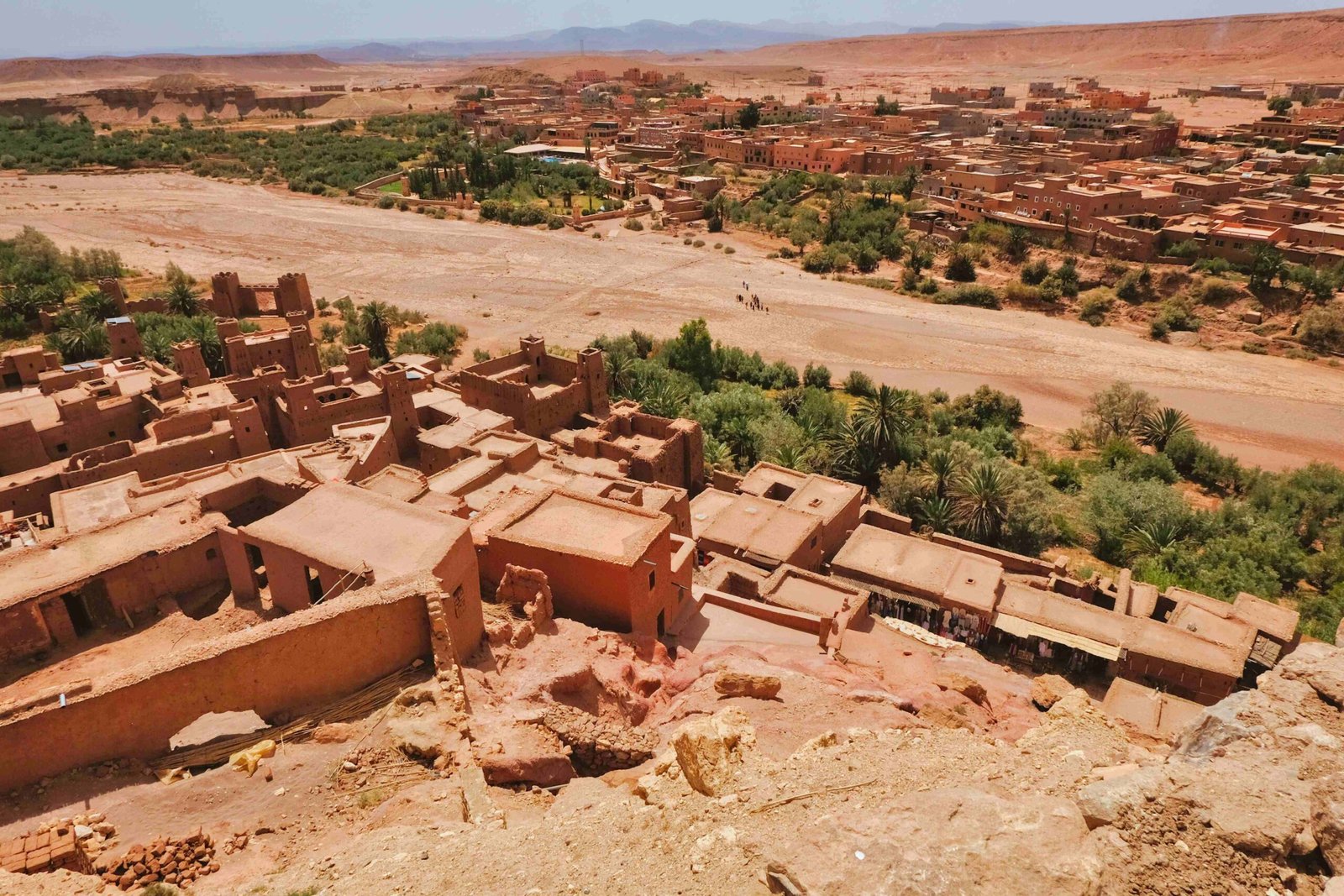Amazigh
Discovering the Richness of Amazigh Culture 202

The Amazigh, often referred to as Berbers, are the indigenous people of North Africa. Their culture, one of the oldest in the world, spans thousands of years and is deeply rooted in the history and geography of the region. Despite numerous invasions and influences over centuries, the Amazigh have preserved their identity, creating a vibrant and unique cultural heritage.
Who Are the Amazigh?
The term “Amazigh” means “free people” or “noble people.” The Amazigh primarily live in Morocco, Algeria, Tunisia, Libya, and parts of the Sahara, though their influence stretches across the Mediterranean. Their presence dates back to ancient times, with historical mentions by the Egyptians, Greeks, and Romans.
Amazigh Language: Tamazight
The Amazigh language, Tamazight, is a symbol of their cultural identity. It has several dialects, including Tachelhit, Kabyle, and Tamahaq, spoken across different regions. The Tifinagh script, used to write Tamazight, is an ancient writing system that has seen a revival in recent years.
Countries like Morocco and Algeria have recognized Tamazight as an official language, ensuring its preservation and promoting its use in schools and media.
Art and Craftsmanship
Amazigh artistry is renowned for its intricate and meaningful designs. Their art is not just decorative but also carries cultural and spiritual significance.
- Jewelry: Amazigh jewelry, often made of silver, features geometric patterns and colorful stones. These pieces serve as more than adornments; they symbolize social status, identity, and even protection.
- Textiles: Handwoven rugs and textiles are another hallmark of Amazigh culture. Each rug tells a story, with patterns inspired by nature, daily life, and tribal traditions.
- Pottery: Amazigh pottery is known for its functional designs and symbolic decorations. Crafted by women, these pieces often reflect community life and rituals.
Music and Dance
Music and dance play a central role in Amazigh culture. Their songs, often sung in Tamazight, are accompanied by traditional instruments such as the tambourine and the rebab. These performances tell stories of love, nature, and history.
One of the most iconic Amazigh dances is the Ahwach, a communal celebration involving coordinated movements and rhythmic drumming. This dance is a vibrant expression of unity and joy during festivals and special occasions.
Cuisine
Amazigh cuisine is simple yet flavorful, reflecting their connection to the land. Key dishes include:
- Couscous: A staple food served with vegetables, meat, and a blend of spices.
- Tagine: A slow-cooked stew made in a clay pot, infused with spices and herbs.
- Amlou: A delicious spread made from almonds, honey, and argan oil, often enjoyed with bread.
Architecture and Settlements
Amazigh architecture is as enduring as their culture. Their villages, often built into mountainsides or desert oases, feature mud-brick houses designed to withstand harsh climates. Fortified granaries, known as igherm, are common and serve as storage and protection for the community.
The Aït Benhaddou, a UNESCO World Heritage Site in Morocco, is a stunning example of Amazigh architecture and ingenuity.
Amazigh Culture Today
Despite historical challenges, Amazigh culture continues to thrive. Advocacy groups and cultural festivals, such as the Timitar Festival in Morocco, celebrate their music, art, and traditions. Efforts to preserve their language and heritage are gaining momentum, ensuring that Amazigh culture remains vibrant and relevant in modern times.
Conclusion
The Amazigh are more than a people; they are a living testament to resilience, creativity, and freedom. Their culture, enriched by centuries of tradition, offers a glimpse into a unique way of life. By exploring and celebrating Amazigh heritage, we honor a history that has shaped North Africa and contributed to global diversity.
